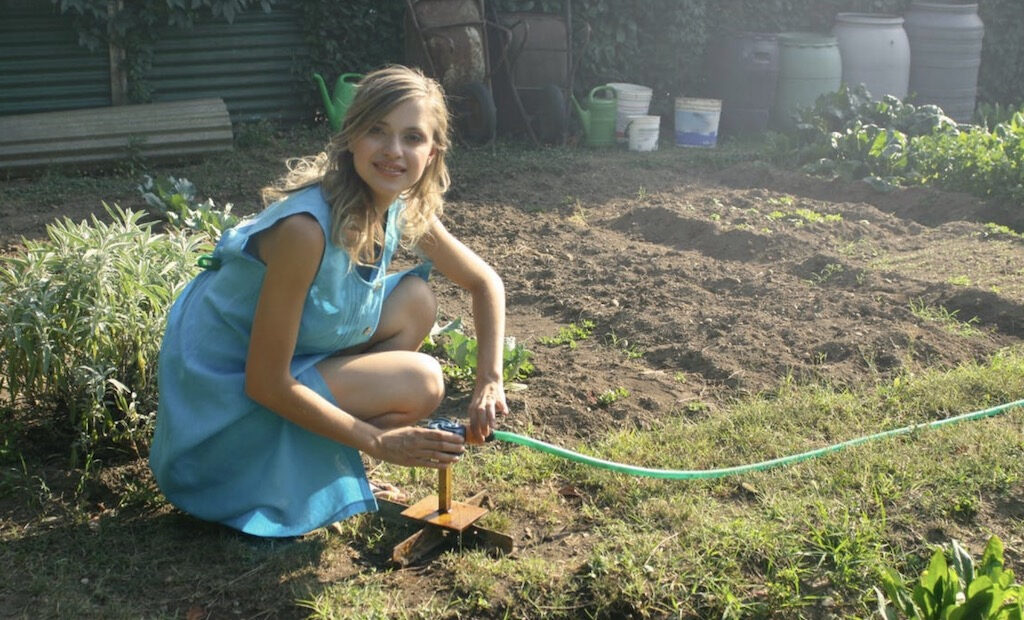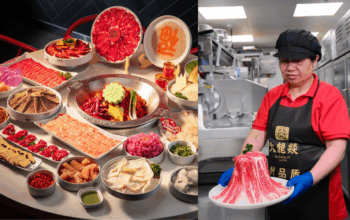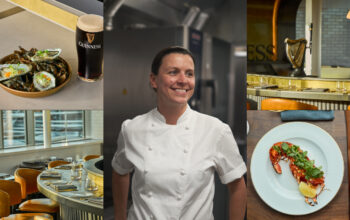Seasonal eating and the return to home-grown food culture

In an age of digital convenience and 24/7 food delivery apps, there’s something almost radical about pulling a carrot from the earth with one’s own hands or picking tomatoes warm from the sun, not a shelf.
The revival of home-grown food, not just for novelty but as a lifestyle choice, has been quietly gaining momentum. Fuelled by a mix of climate awareness, economic uncertainty and a longing for reconnection, more people are turning to seeds, soil and seasonality as a way to reimagine how they engage with what they eat.
And it is not just a countryside phenomenon. From small gardens to balconies, from allotments to shared urban plots, growing food has made its way back into the cultural mainstream, and it is redefining what is meant by sustainable living.
A culture shift rooted in the everyday
Seasonal eating is not new, of course. For most of human history, it was the only option. But as global supply chains made strawberries in December and asparagus in November readily available, the sense of time—at least in terms of food—became increasingly detached from nature.
What is happening now feels like a corrective movement. People are beginning to crave not just fresh food, but timely food. Tomatoes that taste like tomatoes in August. Courgettes that arrive in abundance mid-summer. Pumpkins that actually mean something when they turn up in October.
Sites like DT Brown Seeds offer detailed sowing calendars and seasonal guides, not as a trend but as practical tools for working in rhythm with the natural world. Whether growing broad beans in spring or planning a winter crop of leeks, the calendar becomes less about control and more about listening.
From plot to plate: A new kind of kitchen creativity
This return to seasonality is not about perfection—far from it. It is messy, weather-dependent and sometimes disappointing. But it fosters a more intimate relationship with food.
Instead of planning meals based on what is available at the supermarket, more growers are flipping the script: What’s growing? Which vegetable plants are ready now? The result is a kitchen shaped by the rhythm of the outdoors. Surplus runner beans inspire soups and sauces; a sudden strawberry flush turns into impromptu jam-making.
The creative process becomes more spontaneous, less curated—an antidote to Instagram-worthy flat lays and rigid meal prep.
Food as slowness, not status
There is also a quiet rejection of food as spectacle in this movement. It is not about sourdough starters and fleeting trends (though many seed-growers do bake excellent bread). It is about process over product—the act of tending to something, watching it grow and sharing it, not just on social media but with neighbours, friends and family.
During the pandemic lockdowns, seeds became symbolic. Suppliers across the UK reported sharp rises in demand, not because people had suddenly become gardeners, but because they were seeking a tangible connection to growth, to progress, to something grounded when everything else felt unstable.
Today, that momentum has evolved from an emergency coping mechanism to a sustained lifestyle. It reflects a wider desire to slow down, be present and take pride in something low-tech, local and literal.
Climate consciousness without the noise
The environmental case for seasonal, home-grown food is clear: fewer air miles, less packaging and a lower carbon impact. But for many growers, the environmental benefit is almost incidental, rather than the primary motivation.
Growing from seed reconnects individuals with natural cycles. It is a different kind of environmentalism—quiet, practical and far removed from slogans. The goal is not to save the world by growing lettuce. It is to grow it because it makes sense, because it tastes better, because it feels right.
And that grounded sensibility appears to resonate more deeply than abstract policy debates.
The culture of self-sufficiency is changing
The old image of “grow-your-own” as the preserve of retirees tending rows of potatoes has given way to something far more diverse. Young families, flat-dwellers, school groups and inner-city renters are now among those ordering seed packets, joining community gardens or building raised beds from recycled pallets.
Seed suppliers such as DT Brown have observed this demographic shift. Growing interest in compact vegetable varieties, herbs for windowsills, edible flowers and pollinator-friendly crops suggests that food-growing is no longer niche or rural—it is becoming cultural.
In much the same way as baking bread or fermenting kimchi has become part of domestic experimentation, so too has growing food, even on the smallest scale.
Final thoughts: A quiet revolution in the soil
Seasonal eating, driven by home-growing, is not about rejecting modernity or chasing rustic idealism. It is about looking forward and looking back, reclaiming knowledge, pacing life differently and resisting the relentless speed of consumer culture.
It is about re-learning when the courgettes arrive, why the soil matters and what it means to eat food that reflects the season itself.
And perhaps that small act of planting a seed and waiting for it to grow is one of the most subversive, hopeful gestures available today.
The editorial unit

























Facebook
Twitter
Instagram
YouTube
RSS